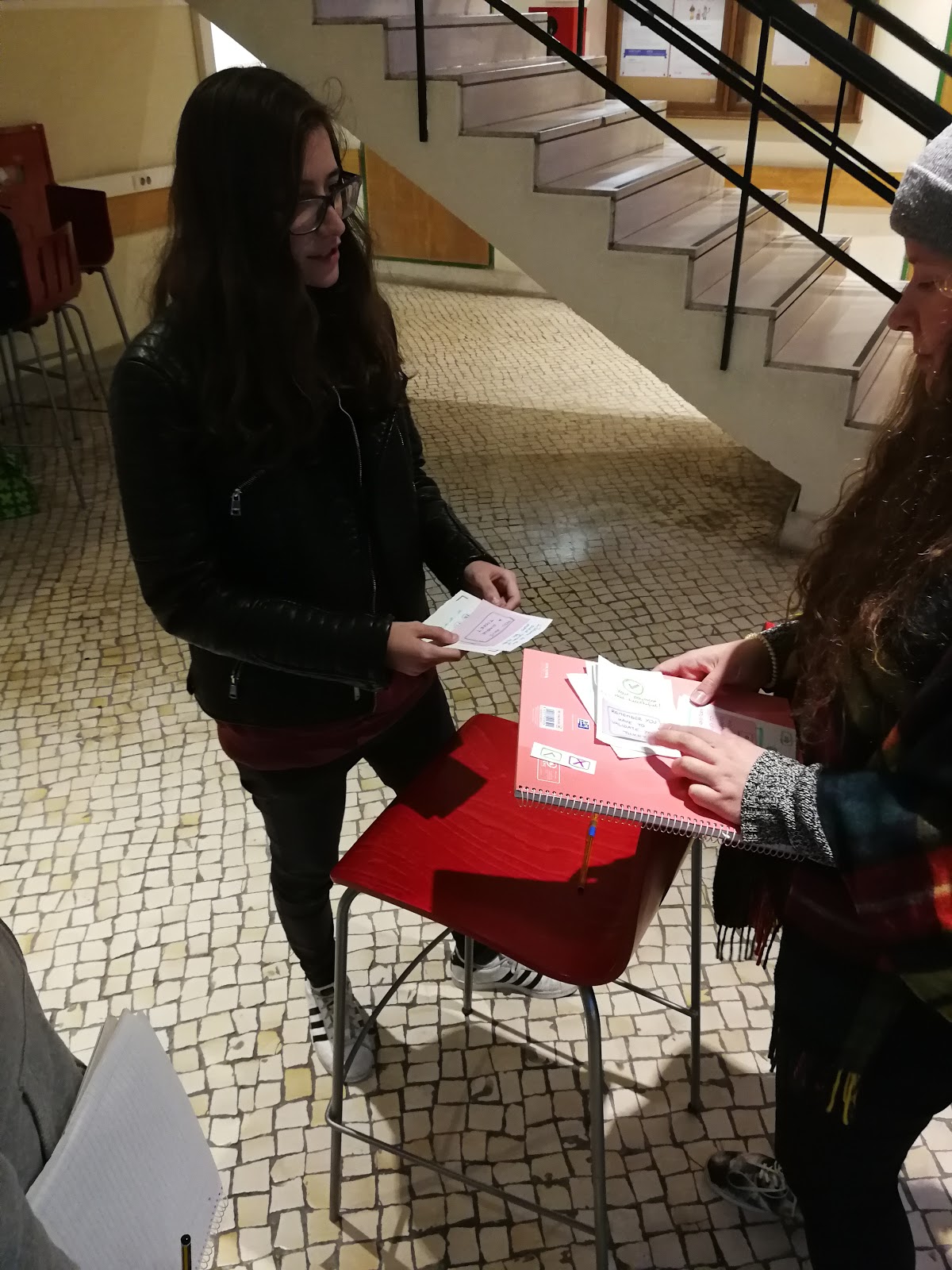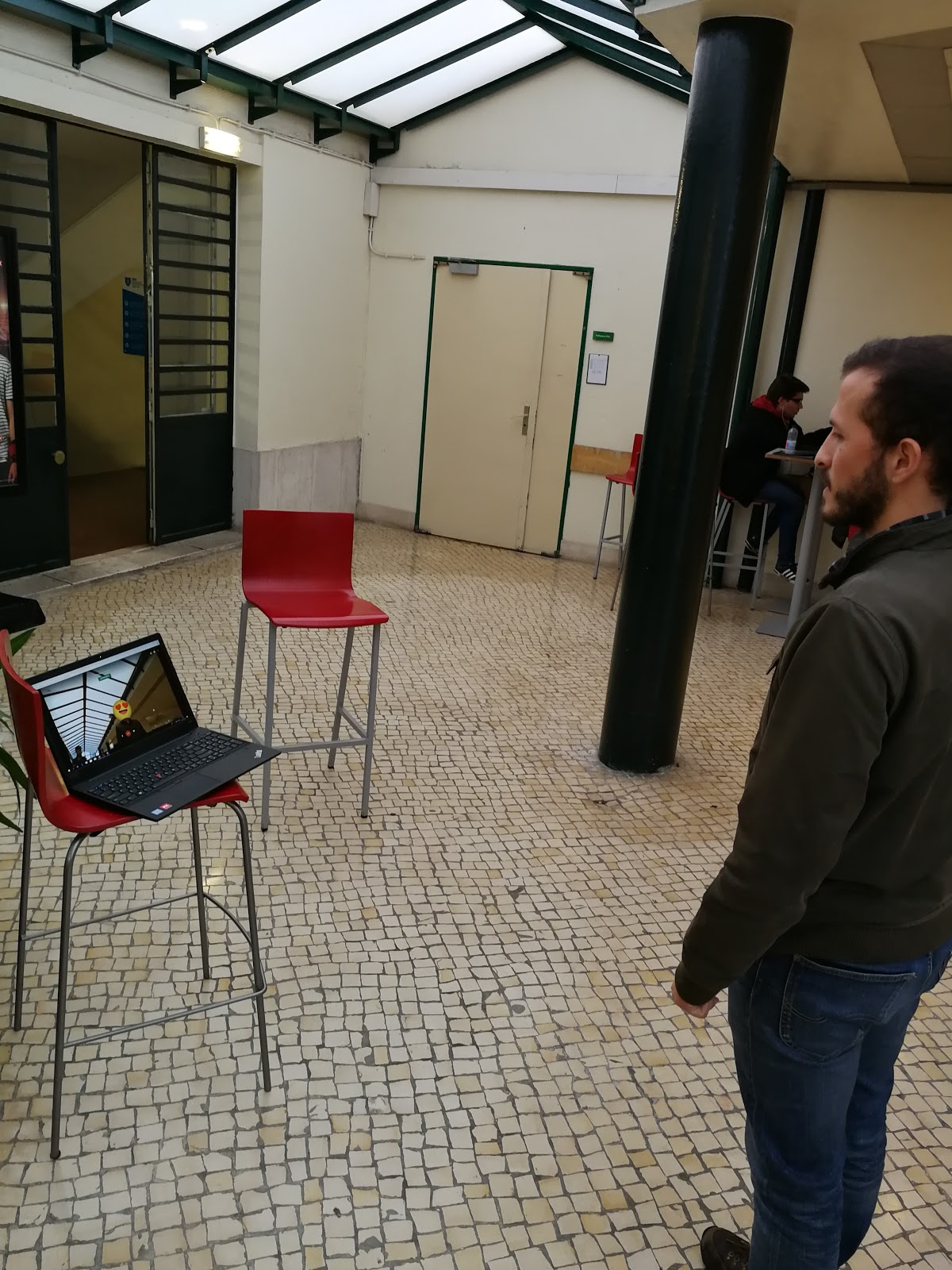Examples of our Work
Example of our user tests


WIZARD OF OZ: Wizard of Oz prototyping (WOZ prototyping) is a design methodology used in rapid product development to improve the user experience (UX). WOZ prototyping requires developers to create a rudimentary model of the completed product, which is called a prototype. The prototype may be quite simple, using every-day objects to represent parts of the finished product or it may be a working model, capable of performing some – but not all – of the tasks the completed product will perform. Once the prototype has been created, developers use role playing to test how end users will interact with the product. The WOZ methodology requires three things: a script that provides directions for what is to take place, a person to play the role of the end user and a human “wizard” that will perform tasks that will simulates the behavior of the completed product. The person playing the end user may -- or may not know -- that they are playing a role or that the wizard’s tasks are being performed manually by a human being instead of by a machine or computer program. Wizard of Oz prototyping is often used in agile software development and lean programming to improve how business rules are implemented in software. After each iteration, anecdotal feedback and data is gathered and analyzed to help improve the next round of development. The test-and-learn cycle is repeated until development is concluded. The term Wizard of Oz protoyyping is credited to usability expert Dr. Jeff Kelley, who was inspired by the scene in the movie The Wizard of Oz in which Toto the dog pulls back a curtain to reveal that the wizard is actually a man who is flipping switches and pulling levers.
THINK-ALOUD:Think-aloud (or thinking aloud) protocol (also talk-aloud protocol) is a protocol used to gather data in usability testing in product design and development, in psychology and a range of social sciences. Think-aloud protocols involve participants thinking aloud as they are performing a set of specified tasks. Participants are asked to say whatever comes into their mind as they complete the task. This might include what they are looking at, thinking, doing, and feeling. This gives observers insight into the participant's cognitive processes (rather than only their final product), to make thought processes as explicit as possible during task performance. In a formal research protocol, all verbalizations are transcribed and then analyzed. In a usability testing context, observers are asked to take notes of what participants say and do, without attempting to interpret their actions and words, and especially noting places where they encounter difficulty. Test sessions are often audio- and video-recorded so that developers can go back and refer to what participants did and how they reacted.